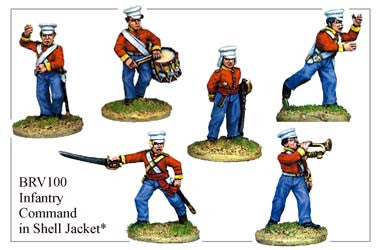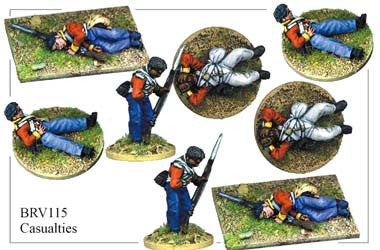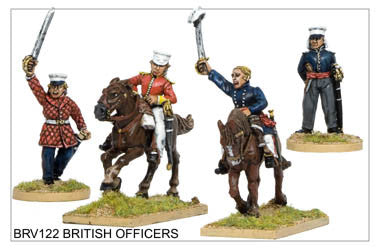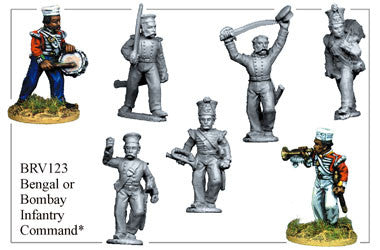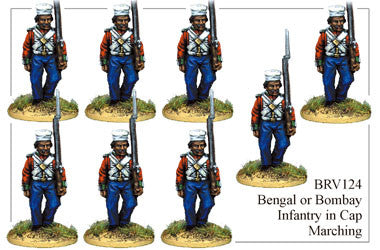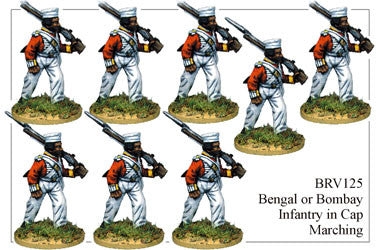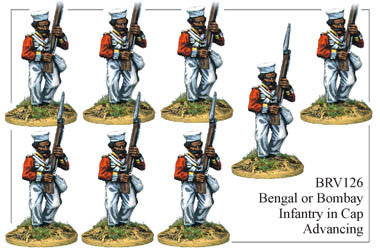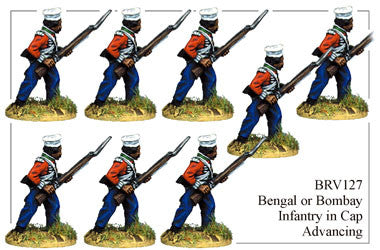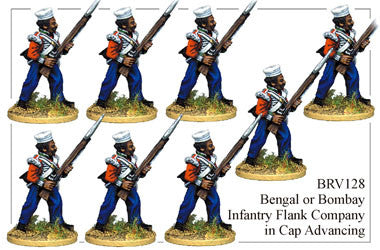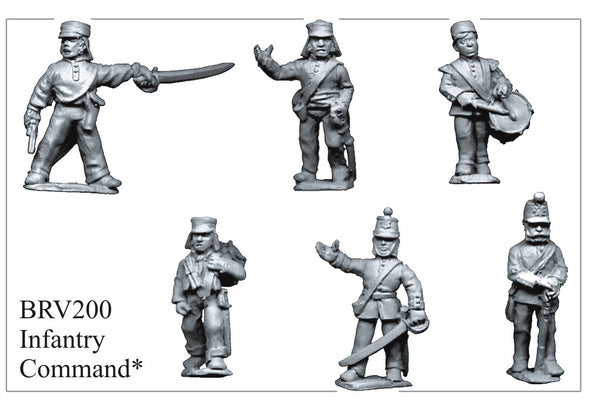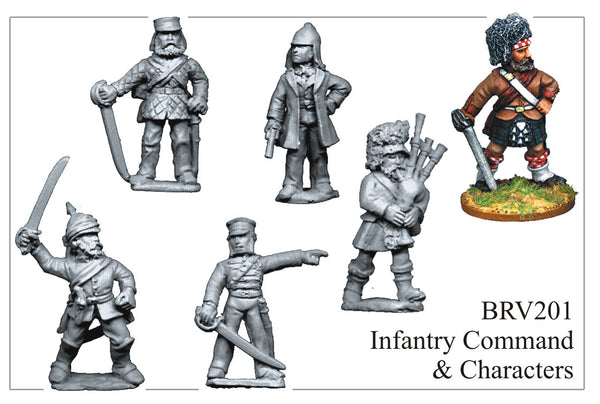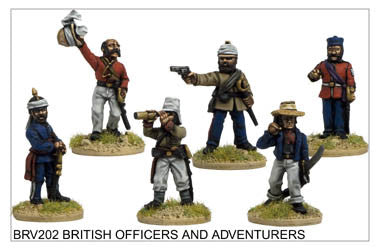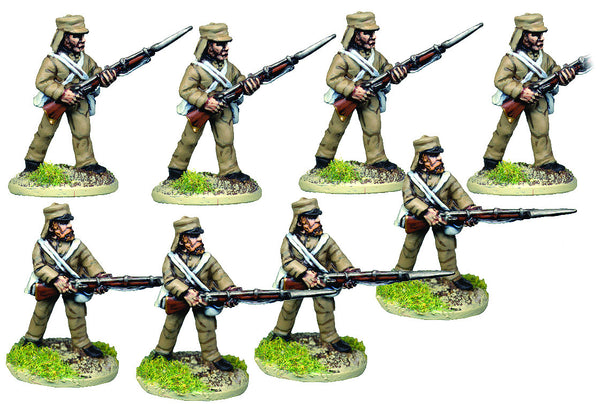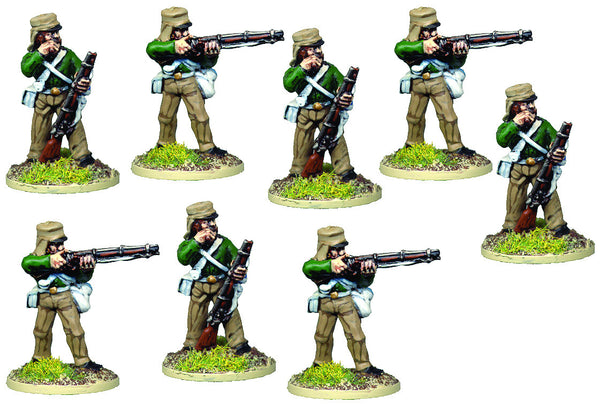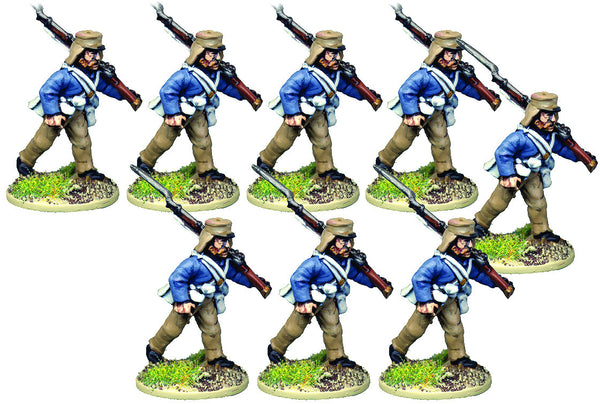Indian Mutiny 1857
One of the more colourful campaigns in which the British were involved during the 19th Century. The very speed with which the mutiny spread caught the British by surprise and led to regiments being diverted from various foreign stations.
Various troop types were involved on both sides. There were men from the regular British army as well as units of the Honourable East India Company (HEIC). Added to this were regiments of Sikhs, Gurkhas and Beloochis. Irregular units, including Punjabis, also fought alongside the British. The Royal Navy also provided detachments, and cavalry could comprise both regular regiments as well as ad hoc units. Artillery ranged from HEIC Horse Artillery (from Bengal & Bombay presidencies), to elephant drawn siege guns.
Transport included camels and elephants, a wide variety of carts, and palanquins or doolies (portable screened beds). There were lumbering armies with masses of camp followers and highly mobile forces of cavalry and horse artillery.
On the mutineers’ side were units of Bengal Native infantry and cavalry, many of whom retained vestiges of uniform and equipment. Also present could be badmash (“riffraff”) and civilians who attached themselves to the mutineers and who could arrive and disappear with equal rapidity. Frequently present were religious fanatics, Ghazis, who cared nothing for their own safety. Afghanis and various groups of tribesmen fought for loot, and several princes provided troops. They looked upon this as an opportunity to regain lost prestige. Camel gunners and large numbers of wall-mounted guns on city walls, as at Delhi, also add interest.
Battles ranged from skirmishes to those involving many tens of thousands of combatants. There were sieges, storming parties and street clearances with house-to-house fighting (again as at Delhi).
Terrain can include built-up areas, large plains, farmland and swamps, jungle and scrub. Skirmishes against guerrilla bands took place until December 1858, and Tantia Topi was not captured until April of 1859.
Models from Sikh Wars, China, Franco-Prussian War and Crimean War ranges can also be used. Darkest Africa range could also provide some civilian alternatives.

